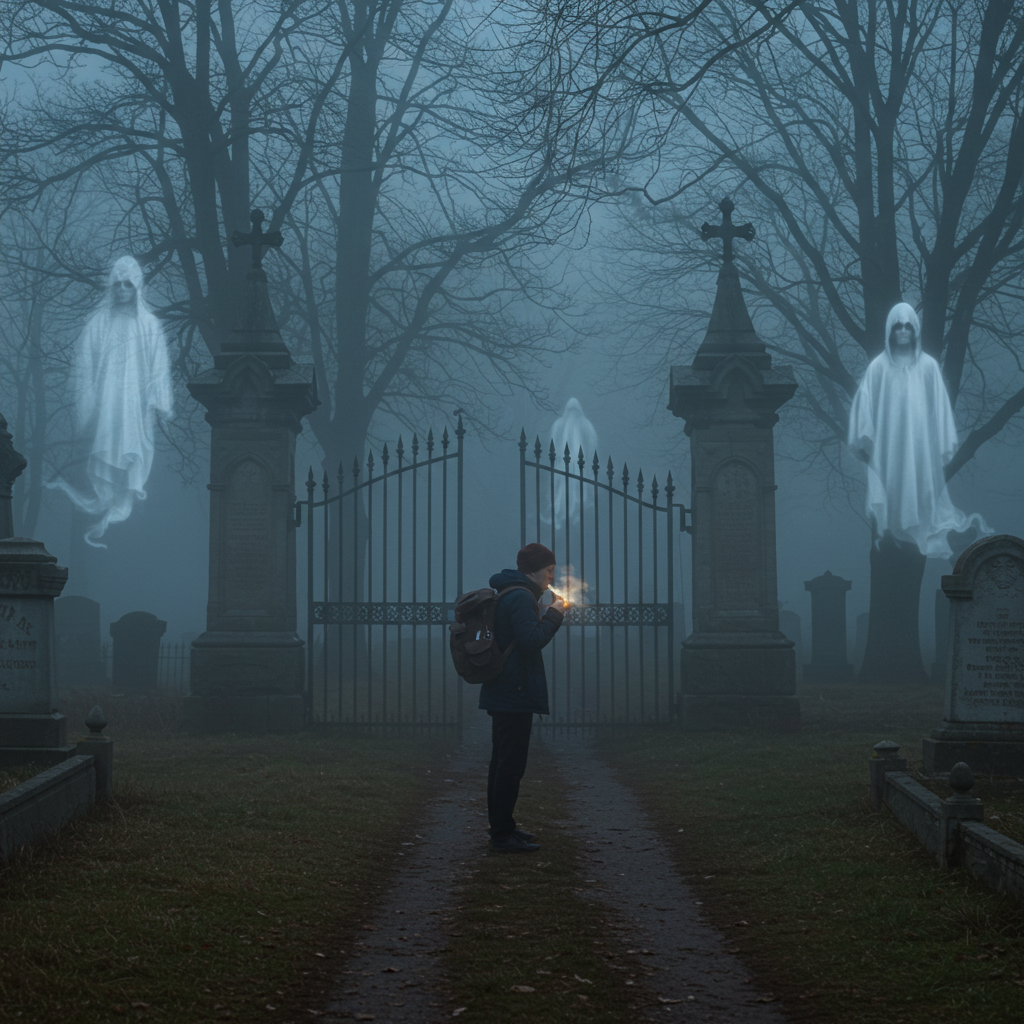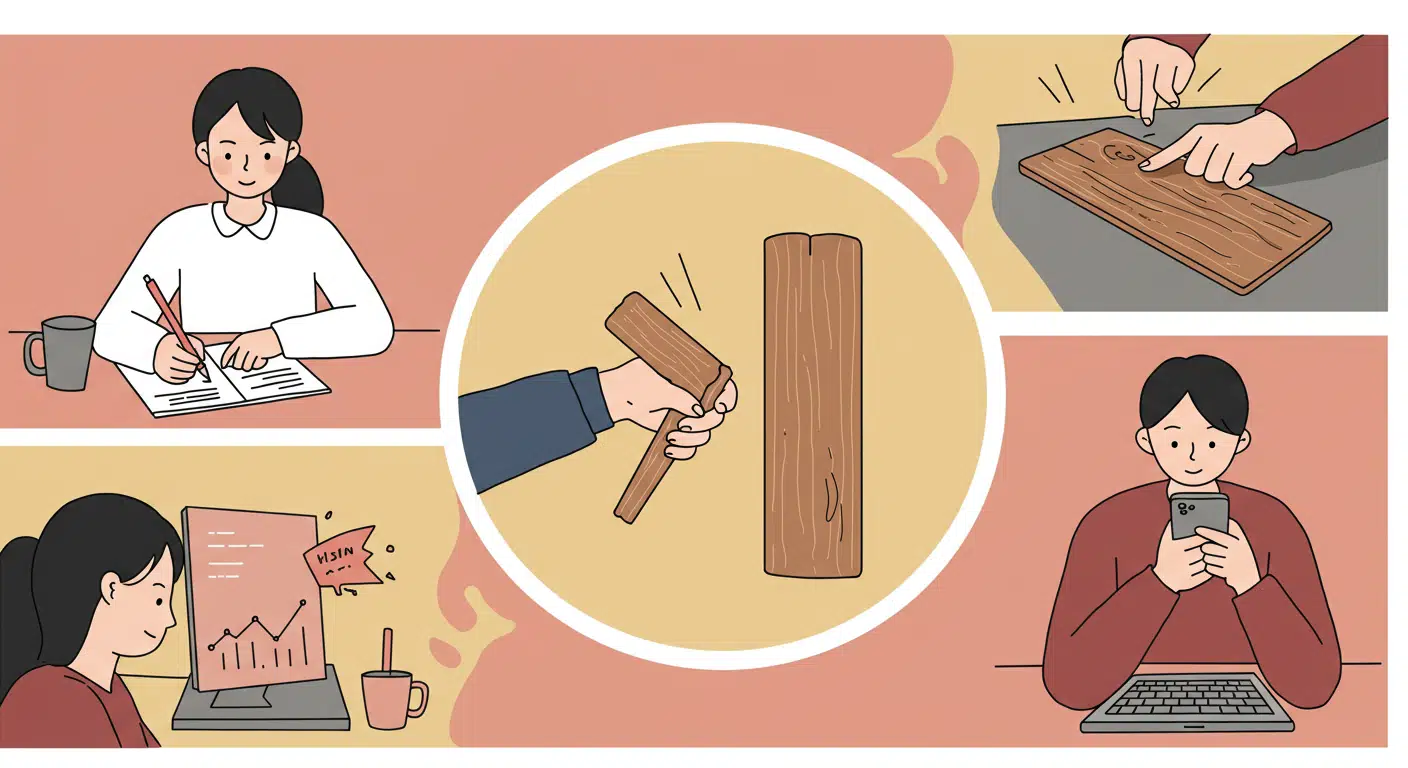According to widespread folk belief across multiple cultures, temporarily suspending one’s breathing while passing burial grounds—particularly when traveling past cemetery gates or boundaries—prevents wandering spirits of the deceased from entering the living body through inhalation. This protective breathing practice supposedly serves as a defense against spirits seeking to return to the physical world by possessing the living. Some traditions expand the practice to include additional protective elements such as holding metal objects, crossing fingers, or silent prayers, while others specify that the danger increases at night, during fog, or when passing particularly old or neglected gravesites.

A baby’s future career or fate is predicted by the first object they select during a ceremonial setup.
In several Asian and Eastern European cultures, a traditional ceremony is held for babies usually around their first birthday. Known


